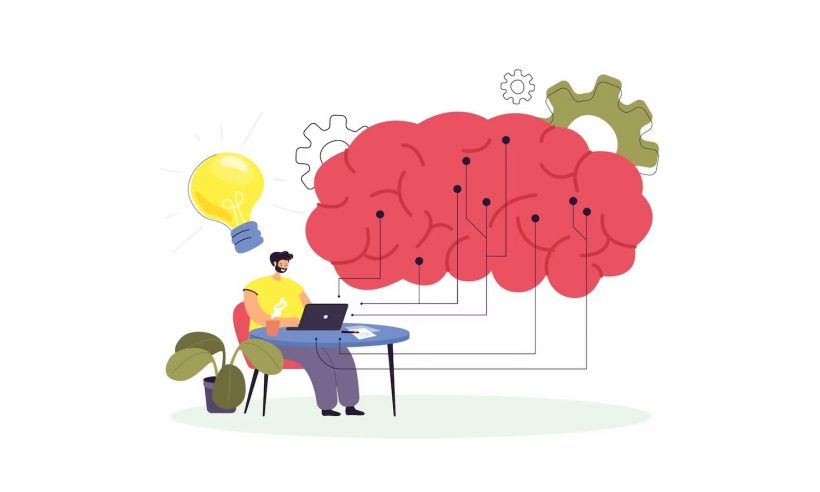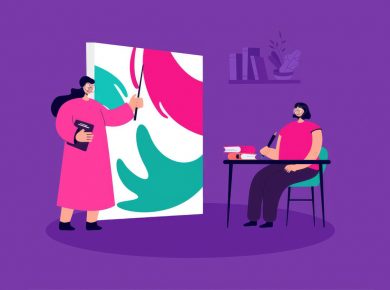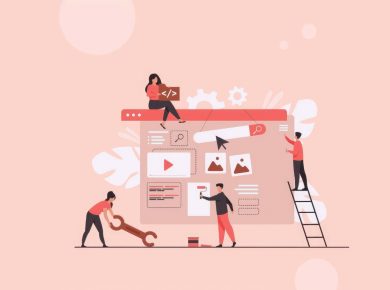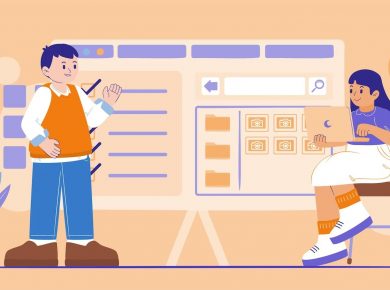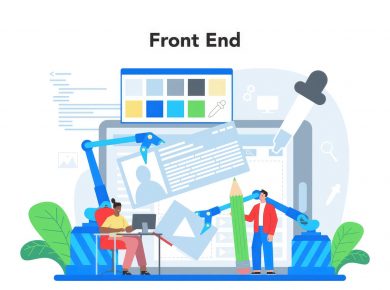Web design is not just about aesthetics; it is also about psychology. The way a website looks can affect the way people feel, think and act. The use of color, typefaces and spacing in web design can influence users’ emotions, perceptions and behavior. In this article, we will explore how these elements can affect mood and conversions, and provide tips on how to design a website that appeals to your target audience.
Colors
Color is one of the most powerful tools in web design. It can create an emotional response, convey meaning, and influence behavior. Different colors can evoke different emotions and have different cultural associations. For example, red is often associated with passion, energy and danger, while blue is associated with trust, serenity and professionalism.
When designing a website, it’s important to consider the target audience and the emotions you want to evoke. For example, a website that sells baby products may use soft pastel colors to create a calming and nurturing atmosphere, while a sports website may use bold and energetic colors to create a sense of excitement and enthusiasm.
Typefaces
Typefaces are another important aspect of web design. They can affect readability, legibility, and overall aesthetic appeal. Different typefaces can also convey different moods and personalities. For example, a serif typeface may convey tradition and elegance, while a sans-serif typeface may convey modernity and simplicity.
When choosing a typeface, it’s important to consider the purpose of the website and the target audience. For example, a website that sells luxury goods may use a serif typeface to convey a sense of sophistication and elegance, while a tech website may use a sans-serif typeface to convey a sense of modernity and innovation.
Spacing
Spacing refers to the amount of space between design elements, such as text, images, and buttons. It can affect the overall visual balance and readability of a website. Proper spacing can also help guide users’ attention and improve the user experience.
When designing a website, it’s important to consider the spacing between elements and ensure that there is enough white space to create a clean and uncluttered layout. Proper spacing can also help guide users’ attention to the most important elements of the website, such as calls to action and important information.
Conversions
The ultimate goal of web design is to convert visitors into customers. The use of color, typefaces and spacing can have a significant impact on conversions. For example, a call to action button that stands out from the rest of the page, with a contrasting color and larger font size, is more likely to be clicked than a button that blends in with the rest of the page.
When designing a website, it’s important to consider the user journey and ensure that the design elements are optimized for conversions. This may include A/B testing different design elements to see which ones are most effective at driving conversions.
Conclusion
Web design is not just about making a website look pretty; it’s about creating a user experience that appeals to the target audience and drives conversions. The use of color, typefaces and spacing can have a significant impact on mood and behavior. By understanding the psychology behind these elements and how they affect users, designers can create websites that are not only aesthetically pleasing but also effective at achieving business goals.
